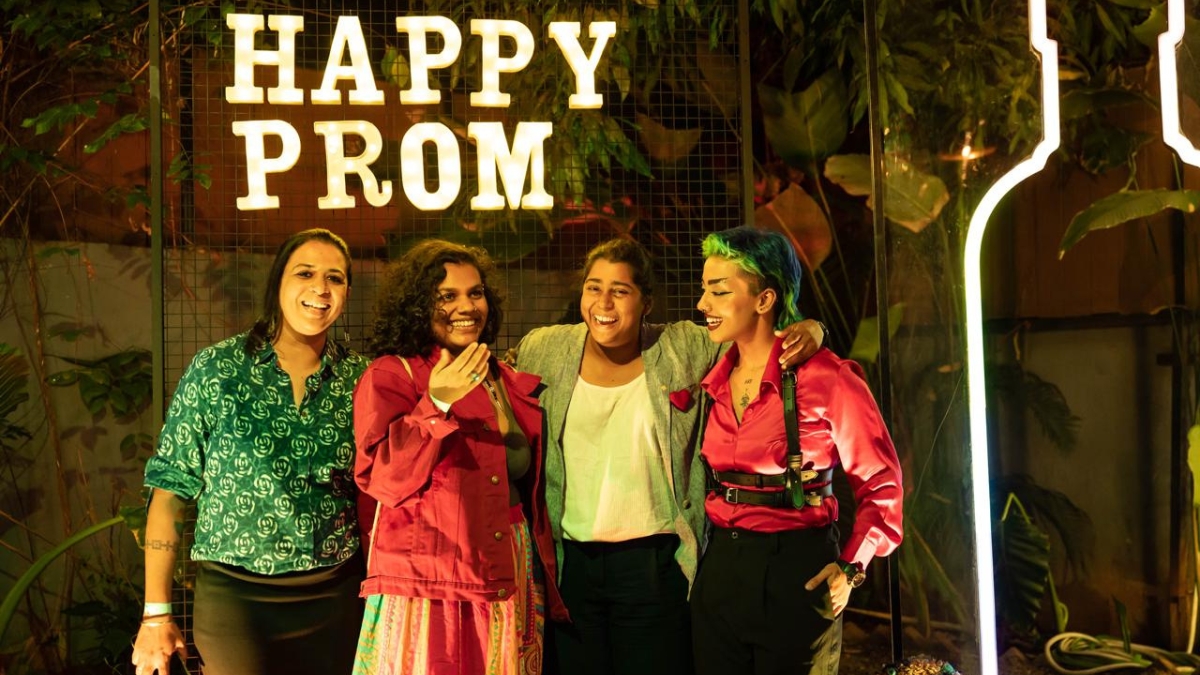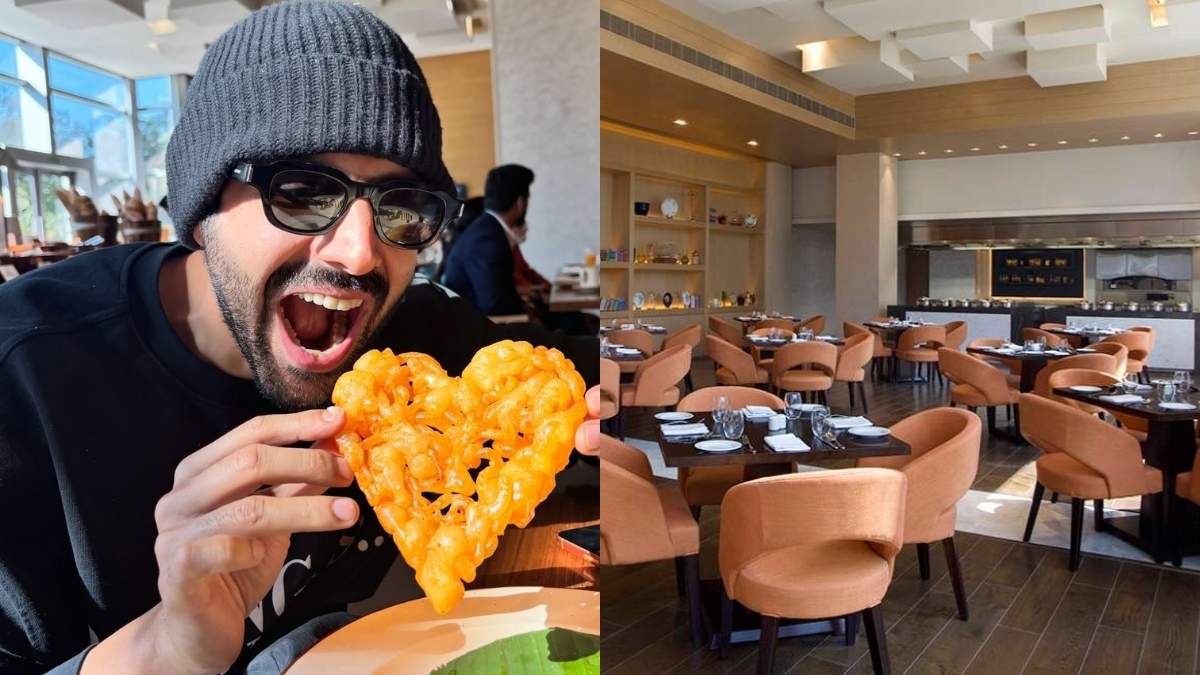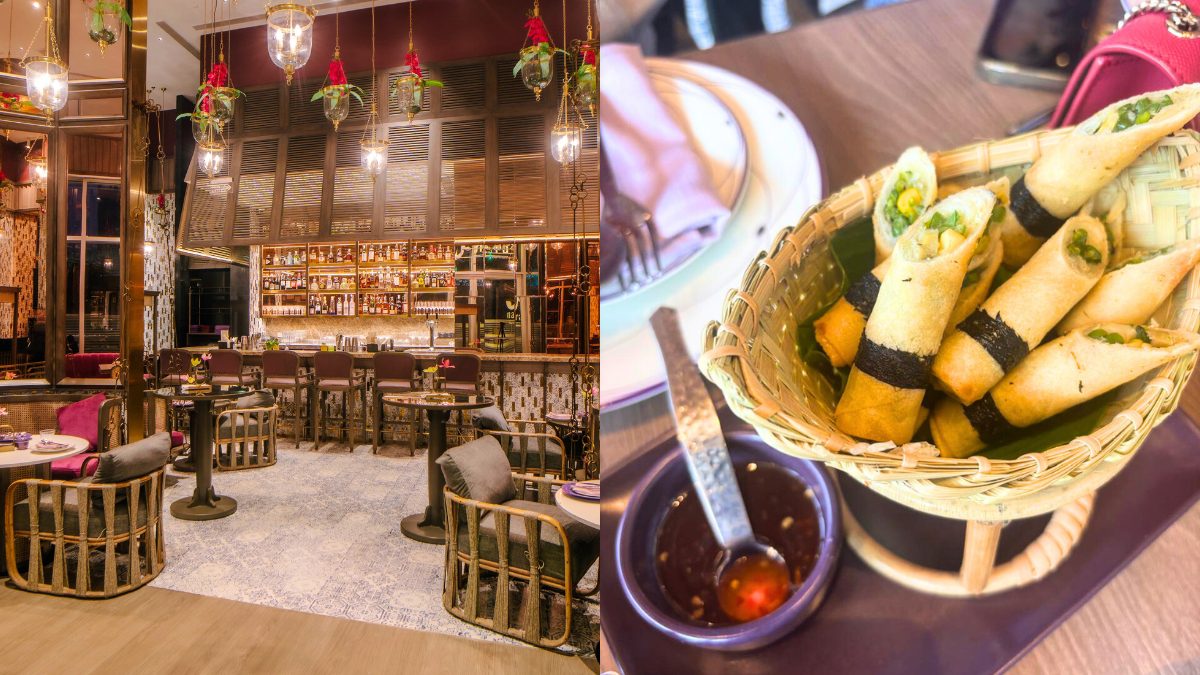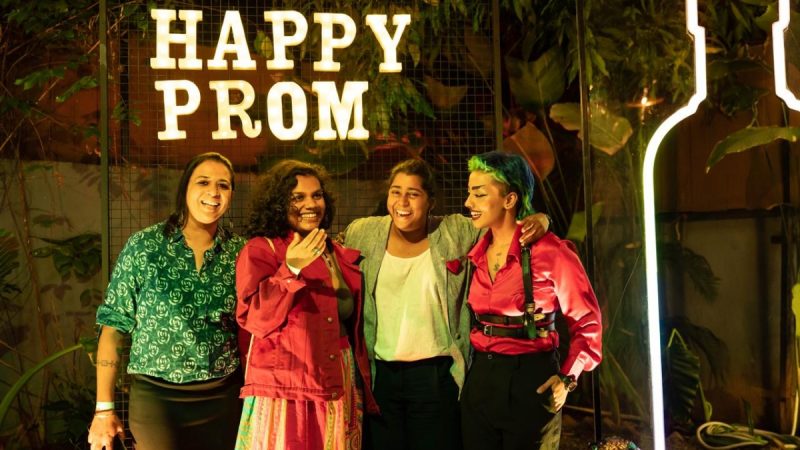Inclusivity in food spaces is more than a buzzword; it’s a vital part of creating environments where everyone, regardless of their sexual orientation or gender identity, feels respected, safe, and celebrated. In a world where the LGBTQ+ community often faces discrimination and exclusion, creating inclusive food spaces is essential. Not only does it foster a sense of belonging, but it also reflects positively on the establishment, attracting a diverse and loyal customer base. To understand how to make a restaurant or bar truly LGBTQ+ friendly, we turned to industry experts who shared their insights and strategies.
The Need For Inclusivity In Food Spaces

Inclusivity in food spaces is not just a moral imperative; it’s also good business. By creating an environment where LGBTQ+ individuals feel comfortable and respected, you open your doors to a broader customer base and foster loyalty among LGBTQ+ patrons and allies. Moreover, promoting inclusivity aligns with contemporary values of diversity and equality, contributing to a more equitable society.
Creating LGBTQ+-friendly food spaces isn’t just about meeting a quota or making superficial gestures. This commitment goes beyond mere compliance with anti-discrimination laws; it’s about embracing diversity as a core value and integrating it into every aspect of the business.
Expert Tips for Creating an LGBTQ+ Friendly Environment
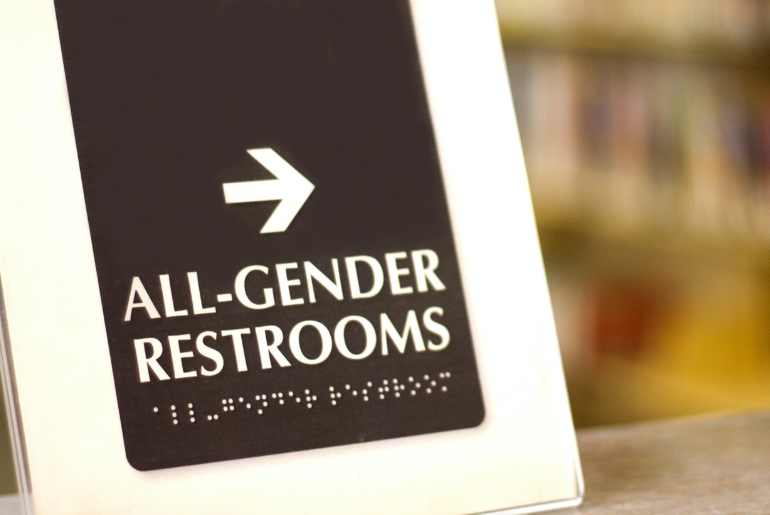
1. Inclusive Policies And Practices
Establish clear, non-discriminatory policies that prohibit discrimination based on sexual orientation, gender identity, and expression. Ensure these policies are shared with all staff and emphasise the importance of inclusion. Shreya Anand, Director of Pacific Hospitality (Running Aidu and NOHO, Hyderabad), highlights the importance of ongoing staff education and the implementation of zero-tolerance policies for discrimination: “Creating an LGBTQ-friendly environment requires intentional actions and a genuine commitment to diversity and acceptance.”
2. Gender-Neutral Restrooms
Provide gender-neutral restroom facilities to ensure all patrons feel comfortable. Clearly mark these restrooms and place them in accessible locations. Sahil Arya, Co-founder and Director, The Old Delhi Restaurant, suggests ensuring separate facilities are available for all genders and that signage is clear to avoid confusion.
3. Diverse Staff Representation
Hire and support a diverse workforce, particularly members of the LGBTQ+ community. This not only shows your commitment to diversity but also provides representation for LGBTQ+ patrons. Mr. AD Singh, Managing Director, Olive Group of Restaurants, emphasises the importance of diverse representation: “Employing staff from the LGBTQ community showcases support for diversity and provides a sense of representation for LGBTQ patrons.”
4. Visible Support And Allyship
Display symbols of support, such as rainbow flags or LGBTQ+-friendly stickers, to signal that your establishment is a safe space. Participate in and support community LGBTQ+ events to demonstrate your allyship. Anand Puri, Partner and third-generation owner of Trincas in Kolkata, mentions their commitment: “By flying the pride flag and engaging with the community, we show our support and allyship.”
5. Inclusive Language
Ensure that inclusive language is used in menus, promotional materials, and interactions with customers. Train staff to use the correct names and gender pronouns. Pranav Rungta, Co-founder and Director of Nksha restaurant stresses the importance of training: “Awareness and training of staff are crucial. As long as team members are briefed and sensitised, they can provide inclusive service.”
6. Safe And Welcoming Atmosphere
Create a safe and harassment-free environment where everyone feels comfortable and respected. Train staff to handle situations sensitively and address any biases. Mr. Vikrant Batra, Co-founder & Director at Cafe Delhi Heights, Ikigai, and Neighbourly, says: “An inclusive atmosphere is the foundation of a positive dining experience for all.” Mr. Amul Kapoor, Owner at Nao, Next Asian Outing says “Creating an LGBTQ-friendly food space or bar means ensuring every guest feels equally respected and valued. It’s about fostering an inclusive atmosphere where diversity is celebrated, and everyone is welcome.”
7. Community Engagement
Build relationships with LGBTQ+ organisations and support local activities. Hosting LGBTQ+-themed events can foster a sense of community and belonging. BIRA 91 Taproom emphasises community engagement: “We organise meet-and-greet events and collaborate with LGBTQ organisations, ensuring every visit is unique and unforgettable.”
8. Feedback Mechanisms
Provide avenues for customers to share their experiences and suggestions. Actively seek feedback from the LGBTQ+ community to continuously improve and adapt your services. Sahaj Chopra, Director and Co-founder, Fat Tiger, suggests: “Engage the LGBTQ+ community regularly to get feedback and learn how to enhance your inclusiveness.”
9. Uphold A Commitment To Equality
By adhering to a steadfast commitment to equality, regardless of race, creed, or gender, you set a standard that prioritises inclusivity in every aspect of your food space. It reinforces the message that your establishment is a safe and welcoming space for all individuals, regardless of their identity or background. Jasper Reid, CEO & Founder of Dolomite Restaurants, recommends, “Ensure that operations encourage inclusivity, making restaurants LGBTQ+ friendly.”
Also read: 11 LGBTQ+ Friendly Cafes & Bars In Delhi Celebrating Pride With Vibrance & Inclusivity
Establishments Leading By Example
View this post on Instagram
- Monkey Bar prioritises diversity, safety, and inclusivity through diverse representation, inclusive marketing, and community engagement.
- BIRA 91 Taproom hosts LGBTQ+ events and collaborates with LGBTQ+ organisations to create a welcoming space.
- Trincas displays visible support for the LGBTQ+ community through events, flag displays, and top-down commitment.
- Café Delhi Heights maintains an inclusive atmosphere, non-discriminatory policies, and diverse menu options to cater to various dietary preferences and restrictions, ensuring that everyone finds something they can enjoy.
Creating an LGBTQ+-friendly restaurant or bar involves more than superficial gestures. It requires a genuine commitment to fostering an inclusive environment through policies, staff training, visible support, and community engagement. By following these expert tips and real-world examples, any establishment can become a safe and welcoming space for everyone.
Cover Image Courtesy: Supplied

